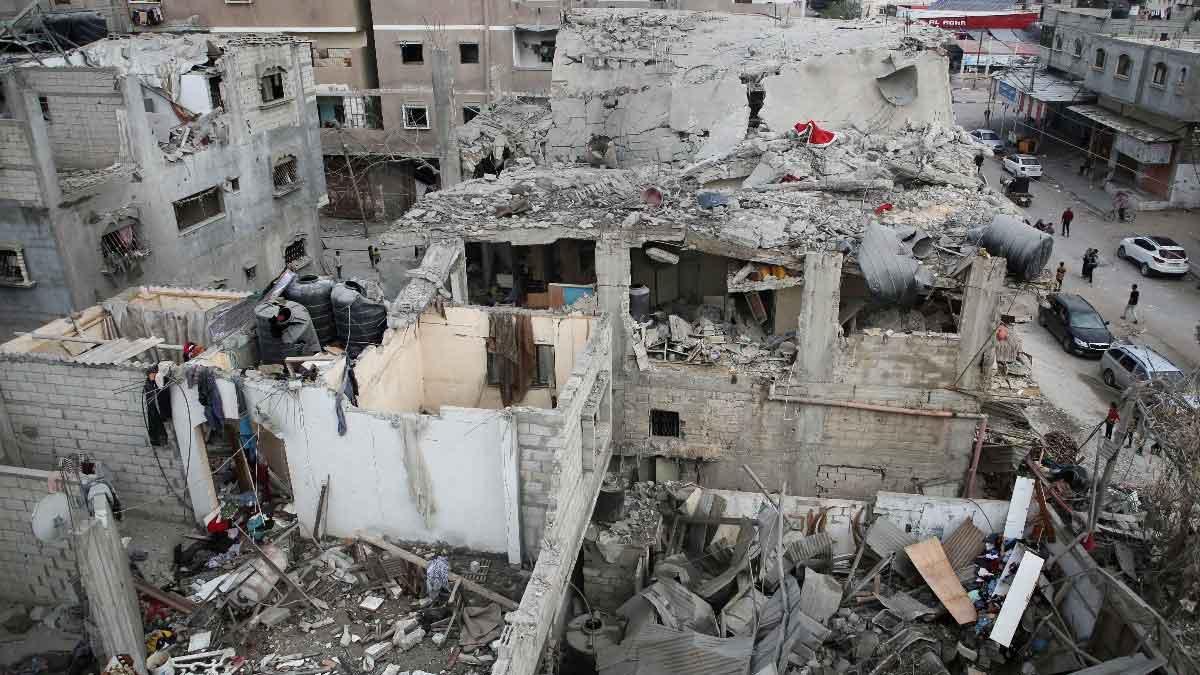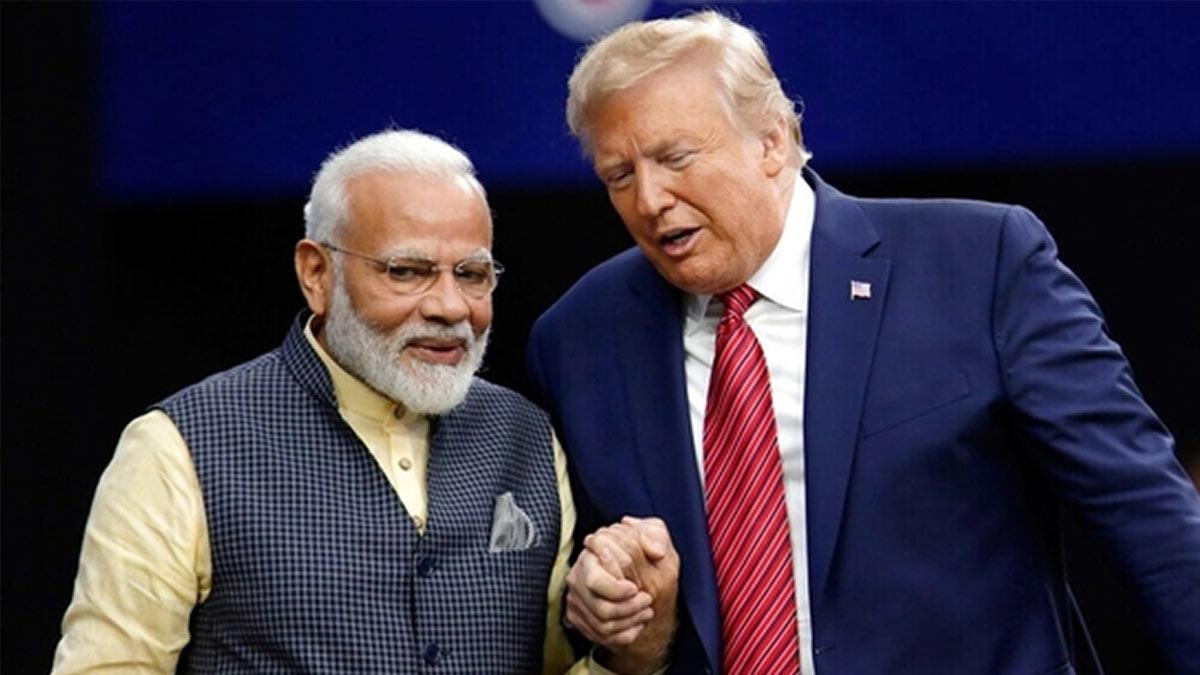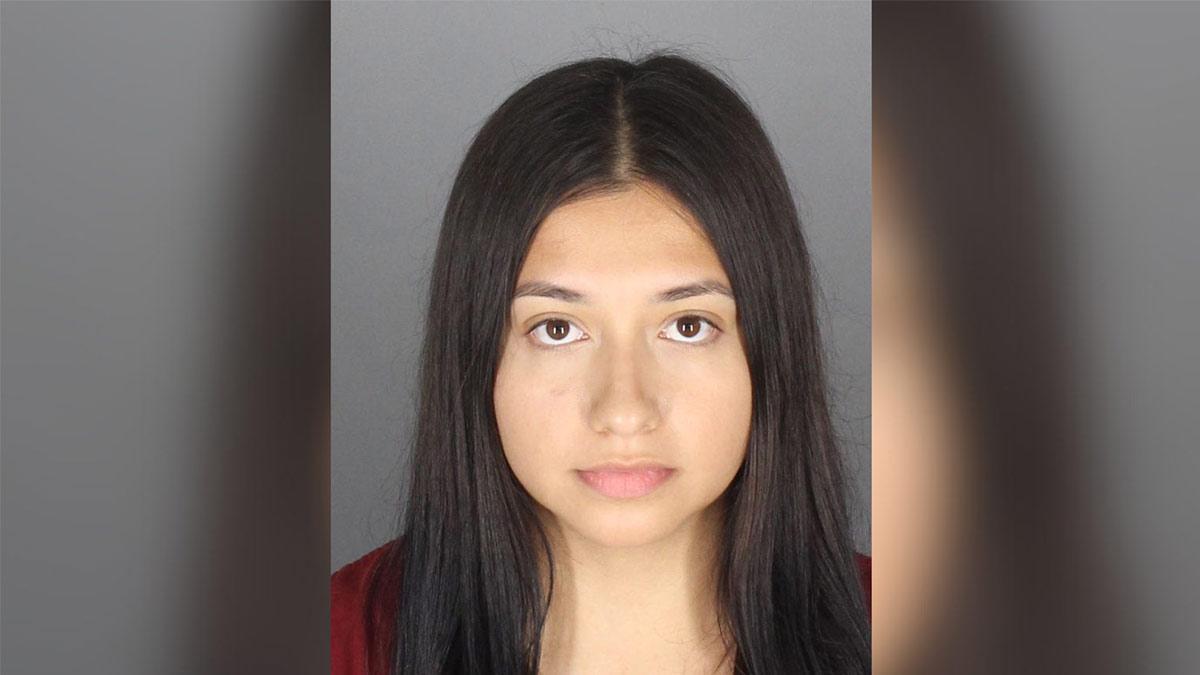Israel's military announced on Monday night that it had initiated extensive airstrikes in Rafah, located in the southernmost part of the Gaza Strip. This action followed shortly after Hamas declared its acceptance of a ceasefire proposal brokered by Egypt and Qatar for the region.
Israeli Prime Minister Benjamin Netanyahu's office reacted with skepticism towards the offer as it had not satisfied the basic needs of Israel. And hence the Israeli government has decided to send a team to Cairo to pursue all opportunities for an accord that is acceptable to Israel, according to the Xinhua news agency.
Simultaneously, a Qatari delegation is scheduled to travel to Cairo on Tuesday to engage in indirect negotiations facilitated by mediators for the Gaza truce between Israel and Hamas, according to a spokesperson from the Qatari Foreign Ministry.
Hamas leader Ismail Haniyeh confirmed his movement's acceptance of the ceasefire proposal put forward by Egypt and Qatar. In a statement issued on Monday, Hamas listed their acceptance based on several key conditions such as the halt of hostilities, the reconstruction of Gaza Strip, the repatriation of Gaza's displaced population, and negotiation on a prisoner exchange.
A Hamas delegation was then dispatched to Cairo to coordinate the details for implementing the Egyptian proposal, an Egyptian security source said. Egypt has also informed Israel of the acceptance of Hamas and an Israeli delegation would arrive in Cairo the next day to finalize the discussion on the Egyptian proposal for a ceasefire and the potential prisoner exchange.
The Egyptian proposal, according to a Hamas source speaking to the Xinhua news agency, is divided into three stages, each of 42 days. The first stage calls for the Israeli forces to withdraw from the "Netzarim axis" in central Gaza and facilitates the movement of the displaced persons. In this stage, there would be a 10-hour daily cessation of Israeli airstrikes and a temporary ceasefire, and prisoner exchange.
The following two stages would call for permanent calm in Gaza and the eventual removal of the blockade on the strip. Continuing to insist that the negotiation process will be made through Israel, the source also said the United States will ensure. In any case, however, Israeli airstrikes continued at the Rafah where the biggest number of the population displaced by the conflict went.
The war cabinet of Israeli, which met on Monday, agreed that the operation in Rafah should be continued to put pressure on Hamas, and to continue efforts for the release of Israeli hostages. A statement by the Israeli Prime Minister's Office said that the government is committed to the continuation and development of all options leading to a settlement acceptable to Israel.
The fighting in Gaza, that had escalated on October 7, 2023, has cost hundreds of lives and displaced thousands of people on both sides. Efforts are on by Cairo, Doha, and Washington brokers for a prisoner exchange and second ceasefire between Israel and Hamas, to succeed a first truce that had been brought to an end late in November 2023.
Read also | Hamas Agrees to Ceasefire as Israeli Offensive Looms Over Rafah, Await Israel's Reaction
Read also | Russia Warns UK: Retaliation Guaranteed for Ukrainian Strikes with British Arms


















